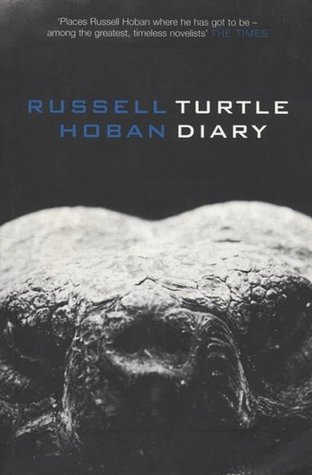What do you think?
Rate this book


190 pages, Kindle Edition
First published March 20, 1975
They won’t stop killing the whales. They make dog- and cat-food out of them, face creams, lipstick. They kill the whales to feed the dogs so the dogs can shit on the pavement and the people can walk in it. A kind of natural cycle.
When I opened the door to my flat it was like opening a box of stale time. Old time, dead time. The windows were all closed, the place was quite airless.
There was a box with a slot. A few feet away were a souvenir stand and a shop full of pottery things and coppery things and sea-urchin lamps with light bulbs in them shining through the sea-urchins. I put no money in the box. Polperro seemed to me like a streetwalker asking for money to maintain her virginity.
The range of human types and actions is not terribly wide. I have seen the same face on a titled lady and a barmaid. And there seem to be only a few things to do with life, in various combinations. I could not have accepted the idea of myself as a stereotype when I was young but I can now.



